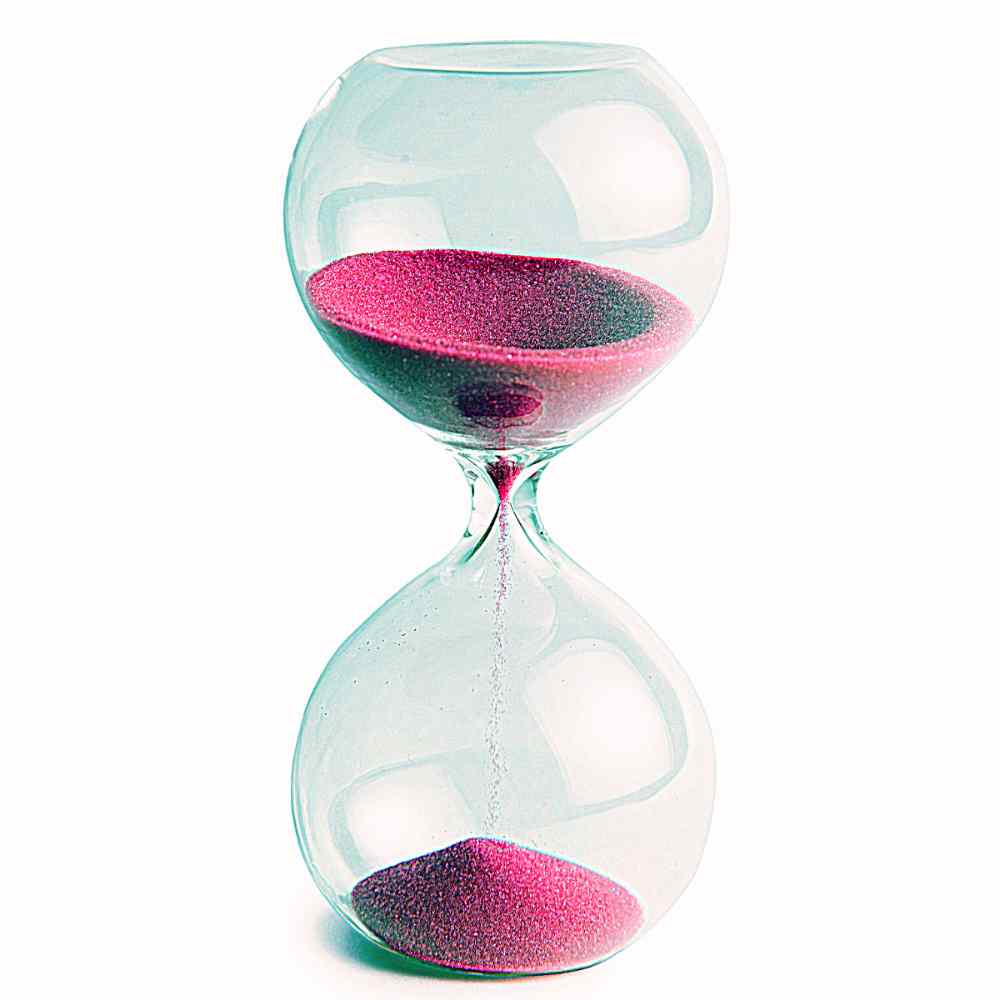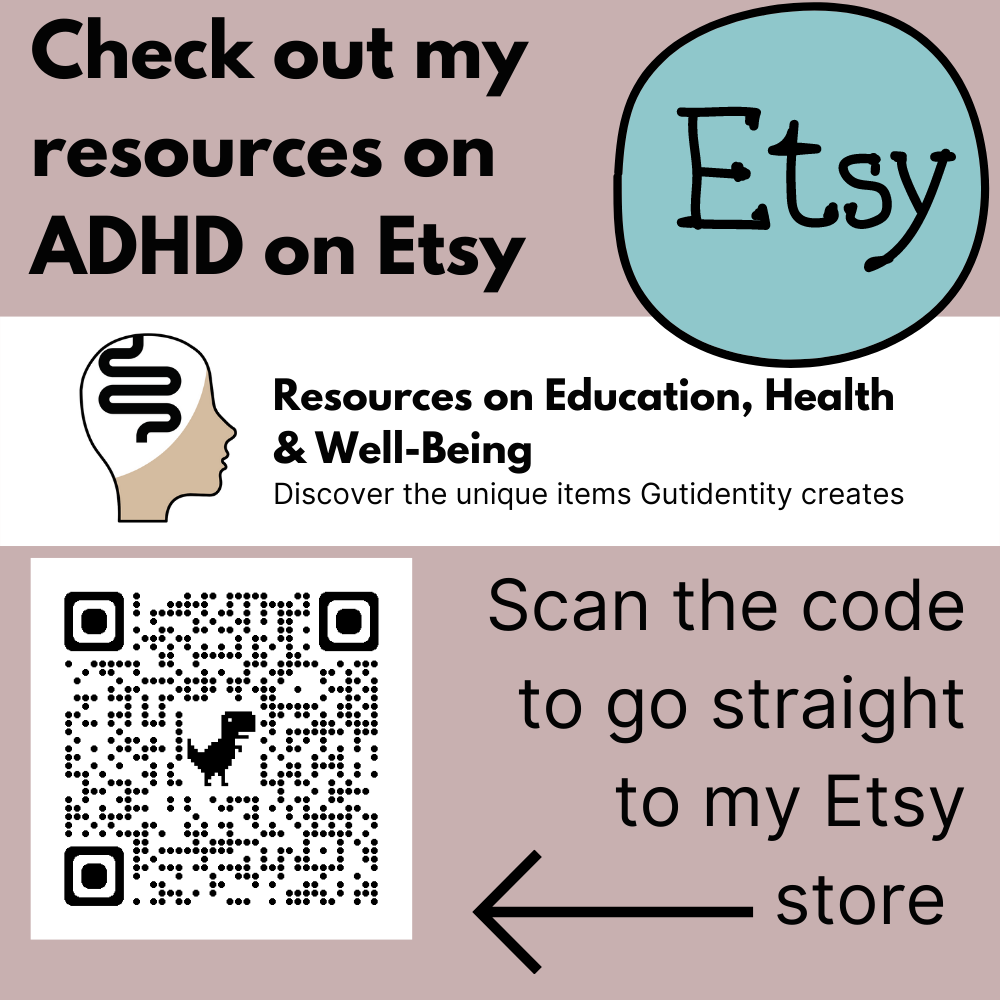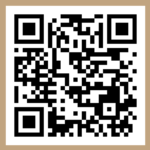Children with ADHD, often get frustrated when things are sprung on them unexpectedly, but using a timer, can be the best way to increase compliance, and decrease everyone’s stress.
Here are some strategies that can be adapted to suit different environments. I’ve split them into two parts, but here is part 1. There is an InfoEBook in my Etsy store, that’s in a PDF format.

tidying up
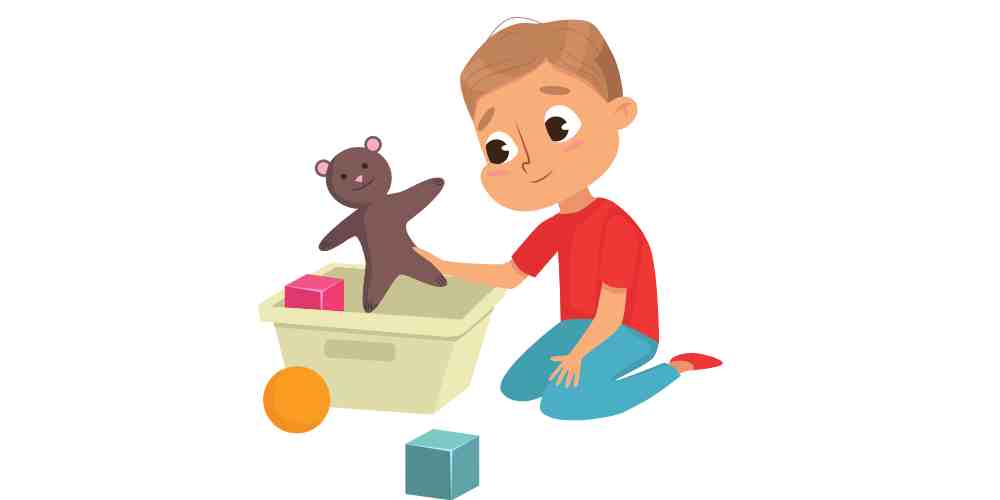
Using a timer when tidying up, helps children know how long they have to complete a task. It also makes it more interesting because it’s more of a challenge. Music can be used as a timer in this situation. Put on favourite songs and give children until the end of the song/songs to finish the job. This works well at home and school, especially if it’s done together in a group or as a family.
self-care routine

Using a timer for self-care, can help get children out of the shower or bath on time. This can go either way depending on whether they love or hate water. Either they don’t want to get in, or they don’t want to get out. Adjust this strategy to suit. Having a waterproof visual timer near the bath or shower, can help a lot. Music can also be used with this one, or an app on the phone or iPad, but just not too close to the water 😉
playing outside
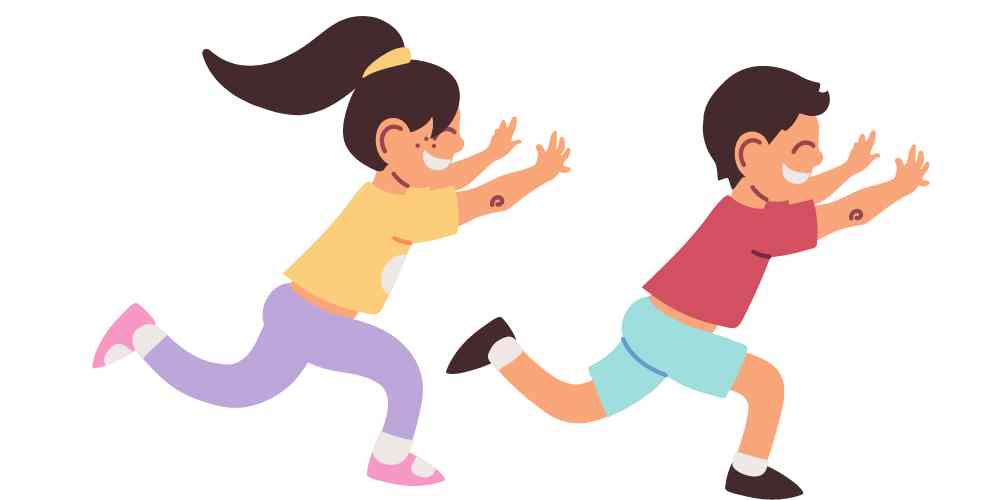
If the children you know are lovers of the outdoors, and they get really into outdoor activities, use a large visual timer, and put it somewhere they can see it. Children with ADHD need to burn off energy so outside play is great. But they also need to realise there are other things to do so please give them time warnings as well.
If they need to be inside in 1 hour, let them know verbally. Just give them the heads-up when there are 15 mins, 5 mins, and 1 minute to go. This is just in case they aren’t paying attention to the visual timer or clock, so please draw their attention to it when you say it.
homework
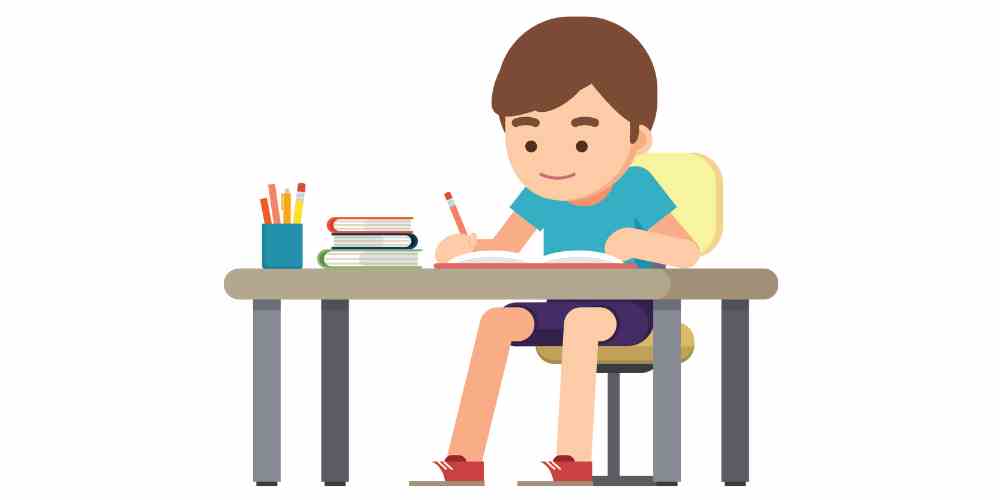
Personally, I’m not a fan of homework. I don’t like to encourage it because I believe children have too much to do now anyway. I’d rather they play outdoors. But if you’re at home doing work, break up tasks into smaller chunks. Find out from the teacher, what parts are really essential and put a time next to each. If the child knows how long each one roughly is, it’s easier to cope with. Please use a movement break in between each task when the timer goes off.
sleep
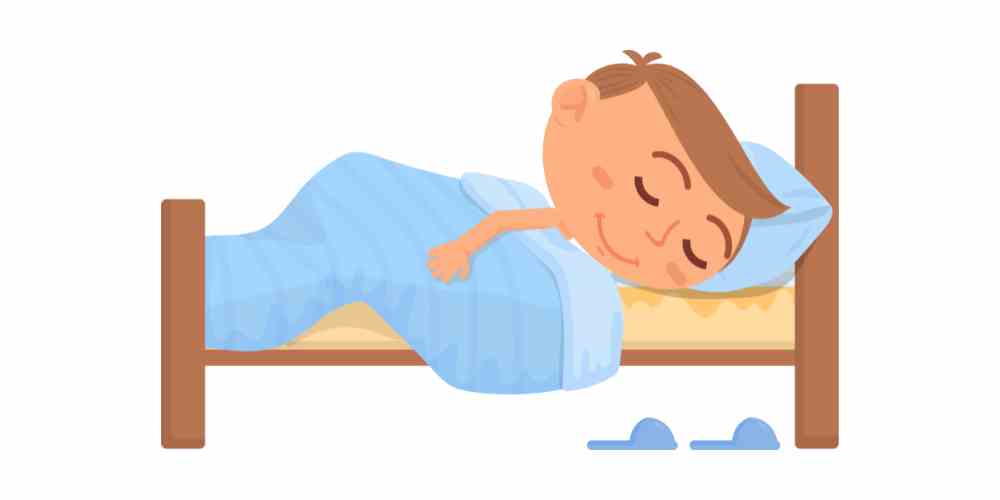
There are heaps of special timer lights available these days that are cheap. Some specifically dim over time so the light acts as a visual signal. There are also lights that are air purifiers too that also have timers on them. If you don’t have a special light, you can use a lamp and switch off the bright lights at the same time each night. Then switch on a lamp to signify that it’s nearly time for bed.
preferred activities
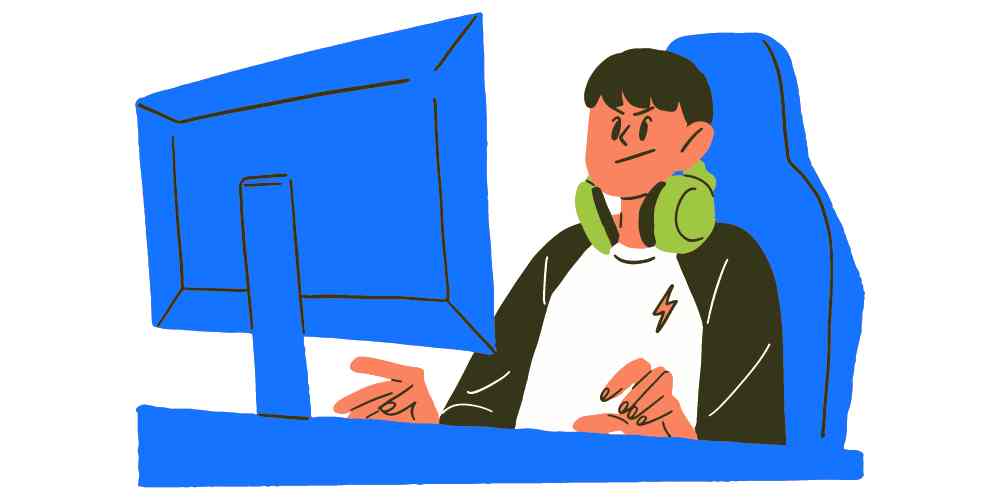
Timers are great for when children are doing highly preferred activities. If they know exactly how much time they have left on a fav activity, and can see this, they don’t get any nasty surprises when they have to move to the next thing. Sometimes sudden changes can’t be helped, but if that’s explained to them, and the timer is used most of the time, they get into a better routine and it’s less stressful.
shifting focus

Moving from one thing to the next, whatever it is, can be a challenge. Having a timer to countdown to the next thing can definitely help. Using the circle visual timer on a mobile phone or iPad is good for this. Sand timers are also good because they come in different sizes and different amounts of time. Just get plastic ones as no one wants broken glass around the place.
do what works
Every person is unique, so we just have to do what works for us in our own unique situation. Adjust the strategies to suit and ask for help if you need it.
Gutidentity on Etsy
Check out my store on Etsy for more resources on ADHD and health and well-being. Click the image below to go straight there, or scan the code.

